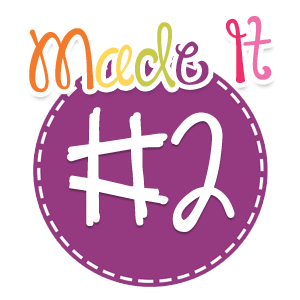If you have never used candy as a manipulative in the classroom, what are you waiting for? The second you nonchalantly mention that you have candy mouths will drop. Literally.
Candy is a cheap way to keep your students engaged! I like to stock up on candy after holidays - Halloween, Christmas, Valentine's Day, etc. Candy can be used as a manipulative for numerous math topics. I use math to investigate real life situations. At my house, knowing how many of each color candy exists in a package is important!
There are a lot of different types of candy that can be used mathematically. Skittles, M&M's, Runts, or my current favorite candy to use in class - Smarties (because ya know why not use smarties to help your "smarties" in class?). There are 6 different color smarties. Each individual packet has 15 smarties in it - which makes for a nice sample size.
Generally here in America we seem to think that everything is equal. For example, when I purchase a bag of life savers, I expect to have approximately the same amount of each color. Likewise, when I open a packet of smarties, I expect to have just as many white lifesavers as I do purple. It is expected that each color will have equal representation.
Candy companies do not necessarily work that way. A fun way for students to come to this conclusion on their own is to give them a sample of some candy, and have them determine the amount of times they find each color, record the percent that each candy is represented in their sample. I created an *editable* form for students to use while they investigate investigate color representation in a sample of candy you provide.
First students will write out how many times they expect each color to be shown in their sample. A package of smarties includes 15 pieces, so my students guessed that there would be 2.5 of each color in the packages. After they have written down their guesses, they count out each color and record the results. Once every student has figured out the results from their sample, they can get together with the students sitting around them to determine their group averages. Finally, as a class combine group averages to find a "class average."
The chart can be changed so that it has as many (or as few) columns as you would like. You can also change the colors, and the items on the top bar. To download the sheet click on the picture below. It will take you to a Dropbox page where the document can be downloaded as a PowerPoint.
An add on to this activity would be to have students create pie charts or bar graphs showing their personal results, along with the class average. It would be a fun, simple activity to leave with a sub or to do for fun after a test! Try it out and let me know how it goes! Do you have any other ideas for how you can use candy in class? Please share in the comments! I always have tons of candy around and love learning new ways to use up my stock!
**Just in case you are wondering and can't read the sample picture, my class showed that there are more pink and yellow smarties (on average) in a package than any other color! Purple and orange smarties are represented less than any other color! **














.png)






















